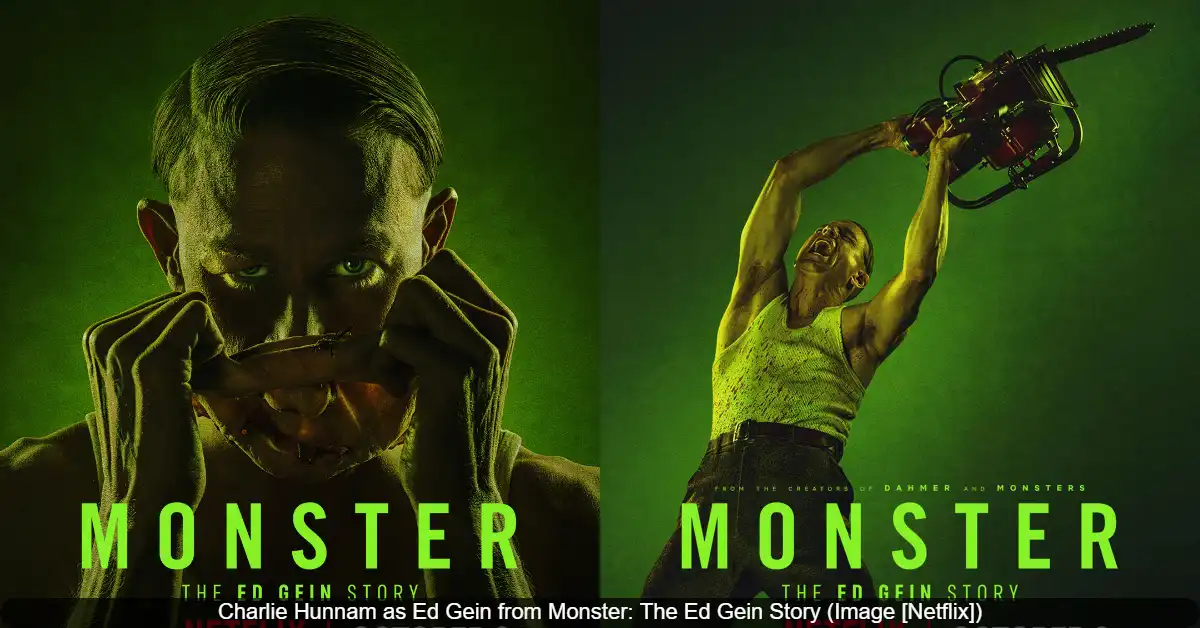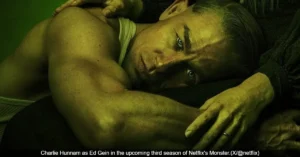Netflix’s Monster: The Ed Gein Story go deep into the dark legacy of one of America’s most infamous killers. The final episode features a chilling cameo from another notorious criminal, Richard Speck, who is referred to by the nickname “Birdman.” The series reveals the darkly contradictory story behind this name, which stems from his time in prison and a deeply disturbing incident with a sparrow.
Who Was Richard Speck?
Richard Speck was a serial killer who committed one of the most shocking crimes of the 1960s. On July 13, 1966, he broke into a dormitory for student nurses in Chicago and murdered eight women. One potential victim survived by hiding under a bed and later served as a key witness at his trial. Speck was convicted of the eight murders the following year and was initially sentenced to death, though this was later commuted to a life sentence. He died in prison from a heart attack in 1991.
The Two Meanings of ‘Birdman’
In Monster: The Ed Gein Story, the nickname “Birdman” is shown to have a dual meaning, connecting Speck to another infamous American criminal.
The primary reason for Speck’s nickname came from his time at the Stateville Correctional Center. According to accounts from FBI agents, Speck once found an injured sparrow that had flown into his cell. He nursed the bird back to health and, once it was healthy, would have it perch on his shoulder. This act of seemingly tender care earned him the “Birdman” moniker among other inmates.
However, the nickname also carries a much more sinister legacy, which the Netflix series highlights. It is a reference to Robert Stroud, one of the most notorious killers in US history, who became known as the “Birdman of Alcatraz.” During a long period of solitary confinement at Leavenworth Penitentiary, Stroud began caring for and studying birds, eventually becoming a respected ornithologist and author. The series uses this connection to suggest a continuing cycle of violence.
The Darkest Incident
The true nature of Speck’s “Birdman” persona is revealed through a specific and brutal prison incident. According to prison records, a guard once told Speck that he was not allowed to keep the sparrow as a pet. In response, Speck reportedly walked over to a spinning fan and threw the small bird into it.
When the horrified guard asked why he had done it, Speck calmly replied, “I did. But if I can’t have it, no one can.” This story, detailed in FBI Agent John E. Douglas’s book Mindhunter, exposes the profound cruelty that lay beneath Speck’s seemingly compassionate hobby.
Richard Speck’s Connection to Ed Gein
In the finale of Monster: The Ed Gein Story, Richard Speck appears in one of Ed Gein’s visions and is shown writing a letter to him. In the letter, Speck idolizes Gein, calling him his role model and hero. He thanks Gein for the inspiration, revealing how Gein’s macabre crimes fascinated other dark figures.
However, this specific connection is a fictional device used by the show’s creators. There is no historical evidence that Speck ever actually wrote to Gein or considered him a muse. Co-creator Ryan Murphy explained that this creative choice was meant to underline Gein’s dark legacy. He stated, “We wanted to talk about… it was a dark legacy. There were many, many dark creatures in our world — Richard Speck, Ted Bundy — who were influenced and obsessed with Ed for all the wrong reasons.”
Writer and co-creator Ian Brennan added, “It’s the most tonally challenging part of the show to me in that he’s not horrified by it. He sort of loves the fact that he made a mark.” The inclusion of Speck and other killers serves to explore society’s perverse fascination with serial killers and how one criminal’s actions can inspire others.
Also Read: Charlie Hunnam Shares His Thoughts on Playing Serial Killer Ed Gein in Monster: The Ed Gein Story











